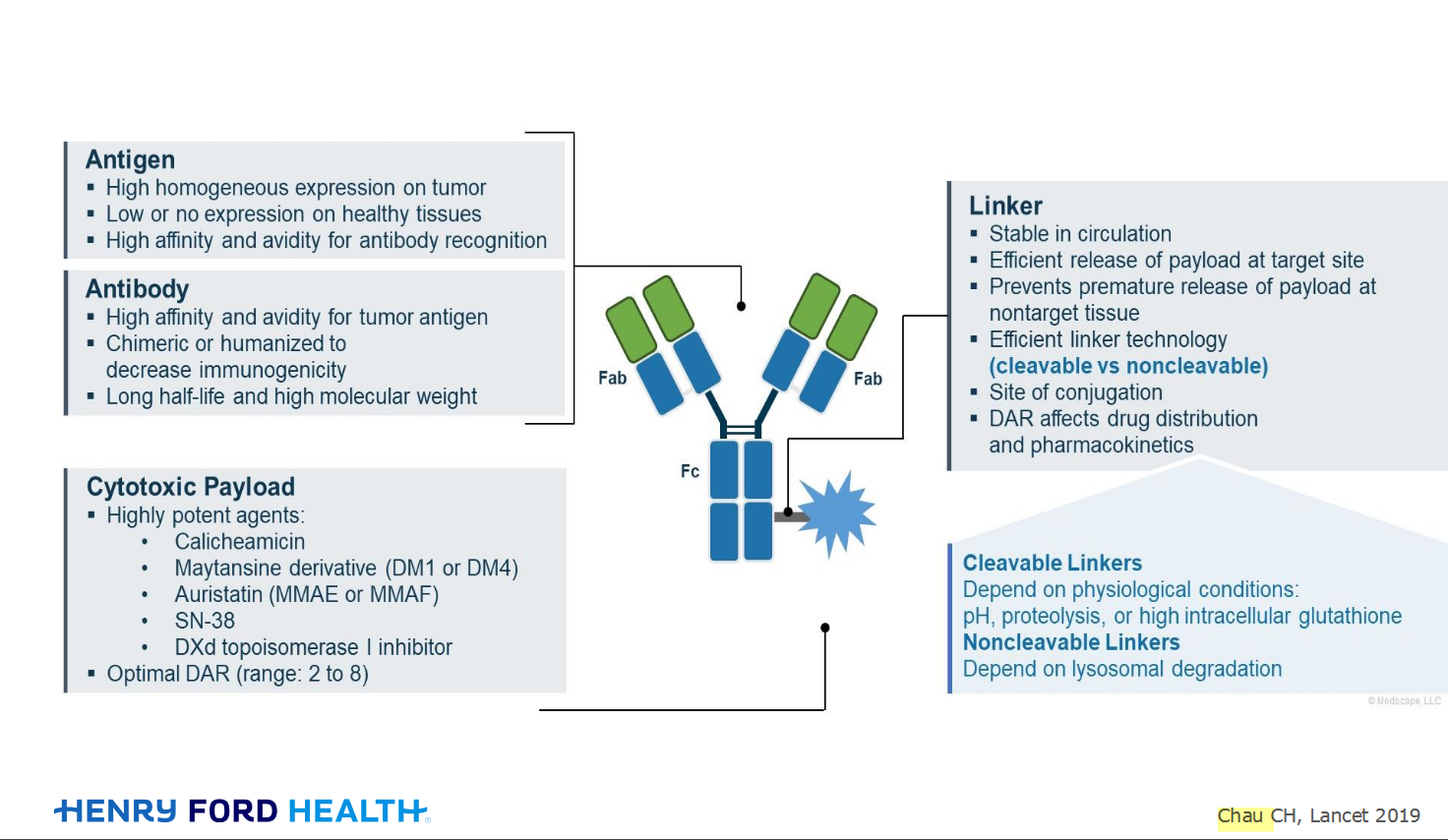Welcome!
Welcome to the new CancerGRACE.org! Explore our fresh look and improved features—take a quick tour to see what’s new.


Bronchioloalveolar carcinoma (BAC), also known as adenocarcinoma in situ, is an unusual subtype of lung cancer with its own appearance under a microscope and on imaging. Dr. Jack West introduces some of the basics of the unique features of BAC.
Transcript
One of the unusual sub-types of lung cancer is called bronchioloalveolar carcinoma, or BAC. In fact, it’s a pretty controversial type of cancer, with its own behavior and its own prognosis. It also goes by a few potentially different names. The older name for it is BAC, bronchioloalveolar carcinoma, but some pathologists use a new terminology and call it adenocarcinoma in situ. We’ll talk more about what that means, but the behavior tends to be quite unusual.

When you look at it under a microscope, it has its own appearance that does not invade or make solid tumors that go into the lung tissue. Instead, it has what’s called a lepidic pattern. Lepidic means scale-like, and so it really causes just a thin lining that overlies the thin air sacks for the lungs, but that interferes with the ability of the lungs to exchange air. Because of that, it causes shortness of breath and a cough in many people, at least if there is a significant size to the area involved.

BAC can be quite variable. It can be just a very tiny little nodule, it can be multiple spots throughout the lungs, or it can be very large areas of confluent involvement in one or more lungs. And of course, the more of the lung that’s involved, the more severe a patient’s symptoms tend to be.
It has a unique appearance because it tends not to grow invading into tissues and then jumping into the blood and spreading elsewhere — it’s really limited to the lungs only. We will often see a pattern of diffused haziness within the lungs on a chest x-ray or a CAT scan and sometimes you’ll see a spattering of lots of nodules within the lungs as its own pattern.
One of the newer terms for it is adenocarcinoma in situ, and this implies a pre-malignant condition. By that, it means that it is not actually a life-threatening cancer, and this speaks to the often very favorable prognosis of these lesions, at least when they’re smaller and a solitary spot in the lungs. In those cases, when they’re taken out, they have a nearly 100% survival at 5 years. However, the survival is more variable when patients have multiple nodules or when they have larger areas involved.
In addition, the term adenocarcinoma in situ really applies to a non-mucinous cancer, and there are other adenocarcinomas that make mucin, a product of what becomes phlegm or mucus, that patients will sometimes cough up. If patients have cancer that does make this mucin, it tends not to have as favorable a prognosis.
We’ll talk more about how multi-focal BAC is managed in a separate video.
Please feel free to offer comments and raise questions in our
discussion forums.
Hi app.92, Welcome to Grace. I'm sorry this is late getting to you. And more sorry your mum is going through this. It's possible this isn't a pancoast tumor even though...
A Brief Tornado. I love the analogy Dr. Antonoff gave us to describe her presentation. I felt it earlier too and am looking forward to going back for deeper dive.
Dr. Singhi's reprise on appropriate treatment, "Right patient, right time, right team".
While Dr. Ryckman described radiation oncology as "the perfect blend of nerd skills and empathy".
I hope any...
My understanding of ADCs is very basic. I plan to study Dr. Rous’ discussion to broaden that understanding.

Here's the webinar on YouTube. It begins with the agenda. Note the link is a playlist, which will be populated with shorts from the webinar on specific topics
An antibody–drug conjugate (ADC) works a bit like a Trojan horse. It has three main components:

Welcome to the new CancerGRACE.org! Explore our fresh look and improved features—take a quick tour to see what’s new.